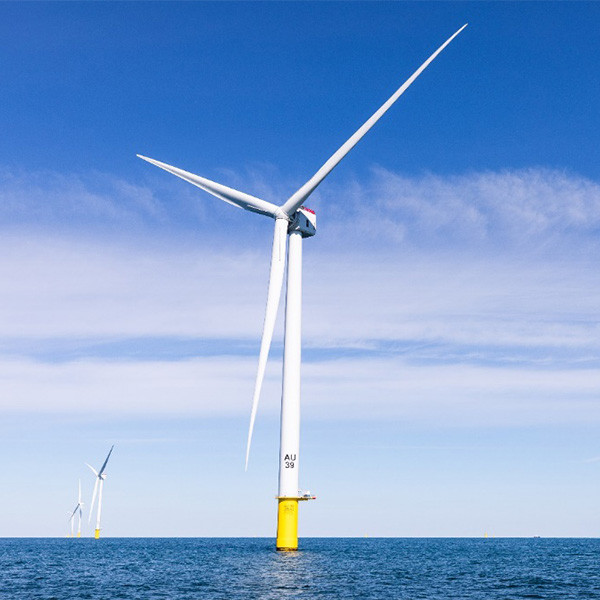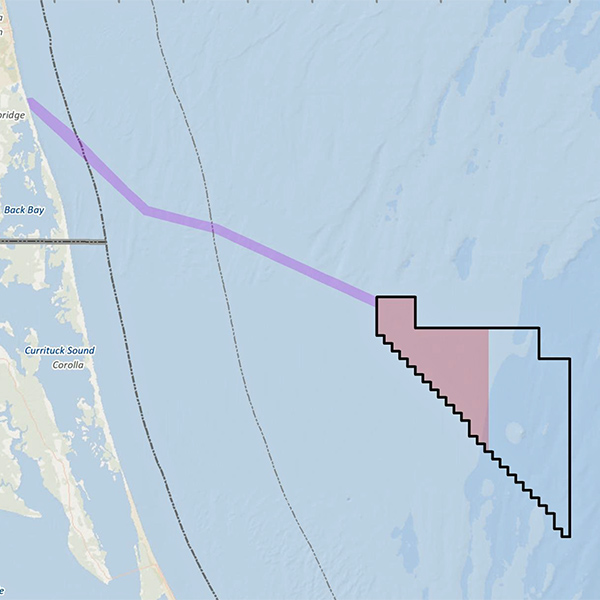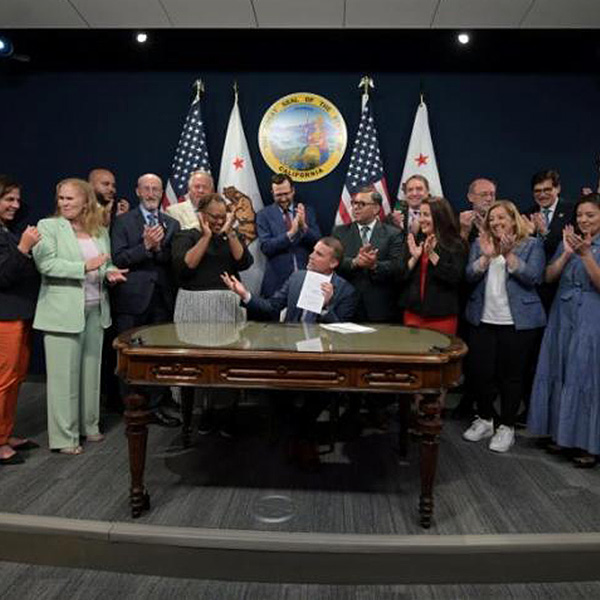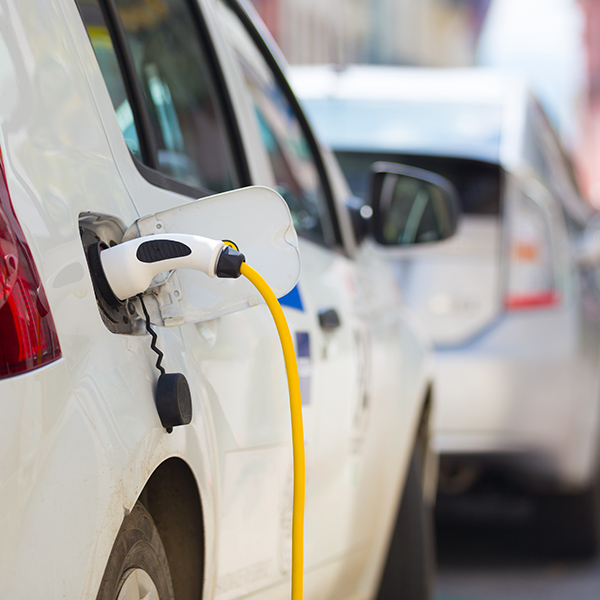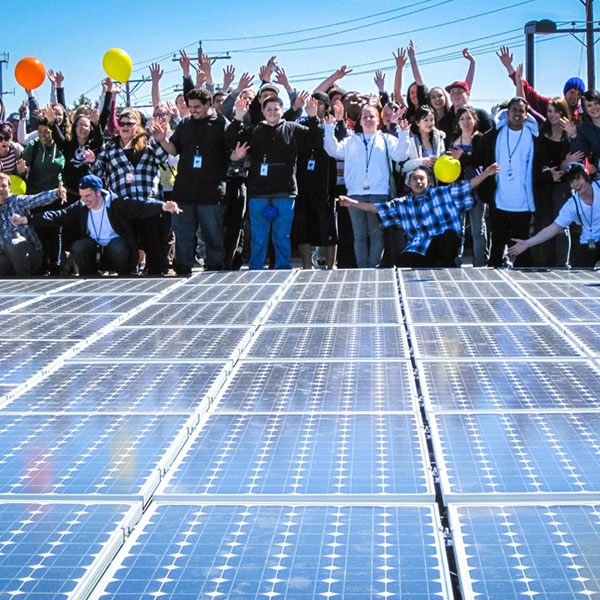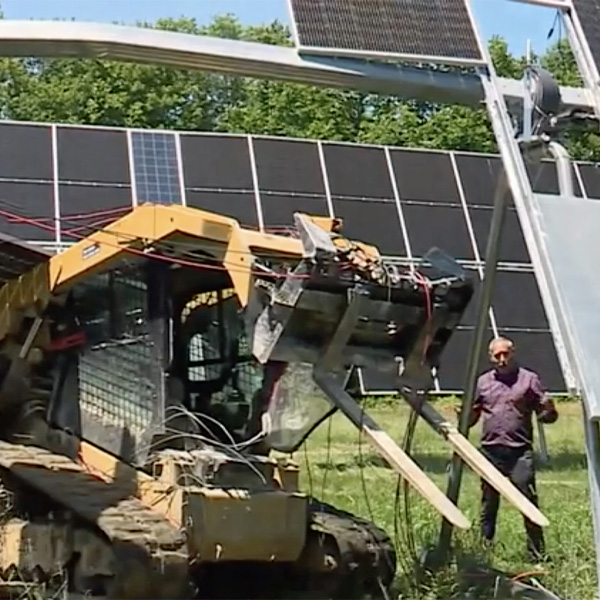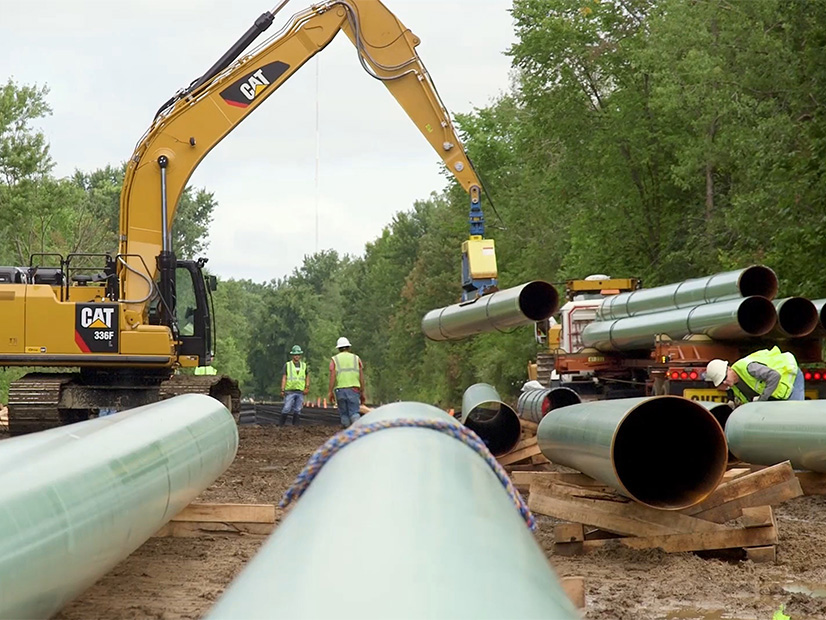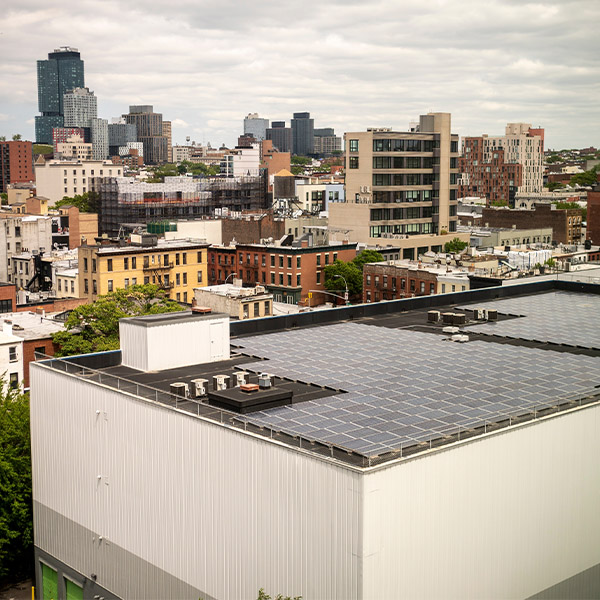NetZero Insider
Agriculture & Land UseBuilding DecarbonizationCookingEnergy EfficiencySpace HeatingWater HeatingCommentary & Special ReportsConference coverageCompany NewsEquity & EconomicsEmployment & Economic ImpactEnvironmental & Social JusticeFederal PolicyCongressDepartment of EnergyLoan Programs Office (LPO)Department of TransportationEnvironmental Protection AgencyFederal Energy Regulatory CommissionGeneral Services Administration (GSA)Interior DepartmentBureau of Land ManagementBureau of Ocean Energy ManagementNuclear Regulatory CommissionTreasury DepartmentWhite HouseGeneration & FuelsBioenergyFossil FuelsCoalNatural GasGeothermalHydrogenNuclearSMRRenewable PowerCommunity solarHydropowerOffshore Wind PowerOnshore Wind PowerSolar PowerRooftop solarUtility scale solarImpact & AdaptationIndustrial DecarbonizationState and Local PolicyAlabamaArizonaCaliforniaCA LegislationCalifornia Air Resources Board (CARB)California Energy Commission (CEC)California Public Utilities Commission (CPUC)ColoradoConnecticutDelawareDistrict of ColumbiaFloridaGeorgiaHawaiiIdahoIllinoisIndianaLouisianaMaineMarylandMassachusettsMichiganMississippiMissouriMontanaNevadaNew HampshireNew JerseyNew MexicoNew YorkNYSERDAPublic Service CommissionNorth CarolinaOhioOregonPennsylvaniaRhode IslandSouth CarolinaTennesseeTexasUtahVermontVirginiaWashingtonWest VirginiaWisconsinWyomingTechnologyCarbon CaptureTransmission & DistributionEnergy StorageMicrogridsTransportation DecarbonizationAirplane DecarbonizationEV chargersHeavy-duty vehiclesBattery Electric Buses (BEB)Fuel Cell Electric Buses (FCEB)Light-duty vehiclesBattery Electric VehiclesFuel Cell VehiclesPlug-in hybrid electric vehiclesShip electrificationClean Ports
A new report predicts the U.S. offshore wind buildout will fall short of President Biden’s 30-GW-by-2030 goal despite investment of a projected $65 billion over the next six years.
Avangrid agrees to shed some of its wind power development potential off the North Carolina coast.
Google's 2023 emissions totaled the equivalent of 14.3 million tons of carbon dioxide, a 48% increase over 2019. It expects further increases before dropping to its emission reduction target of net zero by 2030.
California lawmakers voted to send a climate resilience bond measure to voters in November, and clean energy advocates are hailing the measure’s investments in offshore wind and transmission projects.
The shift in incentive strategy, toward low- and mid-income buyers, comes as New Jersey seeks to continue its recent relatively strong EV sales amid signs of weakening markets in other states.
The California Assembly Utilities and Energy Committee advanced two new bills that could accelerate the state’s decarbonization goals by helping residents and multimeter customers transition to renewable energy.
Maine police are looking for the people who plowed a construction vehicle through a nearly completed community solar farm, causing hundreds of thousands of dollars in damage.
Massachusetts’ new Office of Energy Transformation will focus on cutting peaker plant emissions, eliminating the state’s reliance on the Everett Marine Terminal LNG import facility, and financing distribution grid upgrades that minimizes costs.
The architects of New York’s clean energy transition are predicting the state will fall short of its 70%-by-2030 renewable energy target, perhaps far short, and are suggesting ways to catch up in the early 2030s.
Lawmakers are poised to place on the November ballot a $10 billion climate resilience bond measure that would provide $850 million for clean energy projects, including offshore wind.
Want more? Advanced Search
